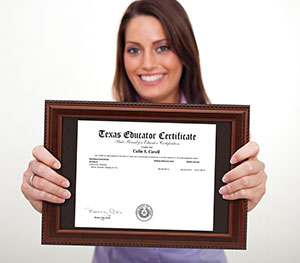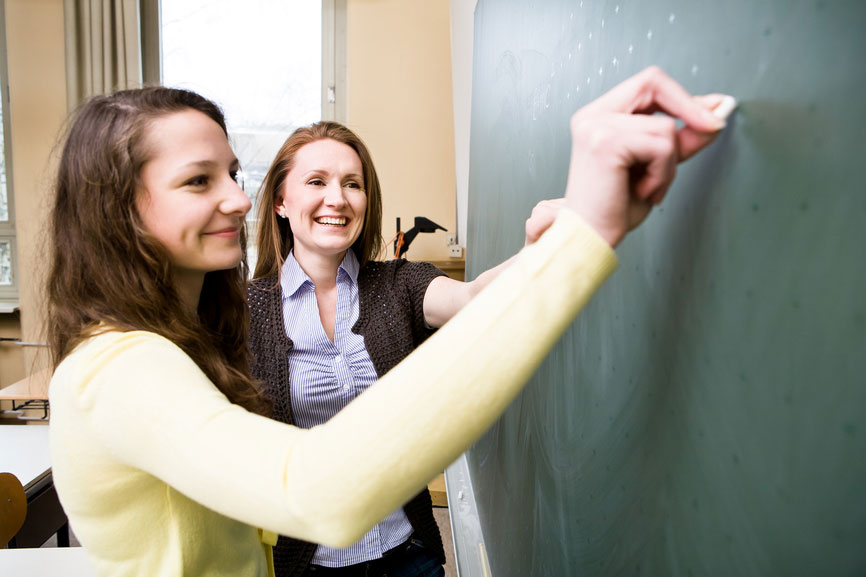Literacy
One aspect of today’s literacy is getting the brain’s attention. Eric Jensen suggest in his book Teaching with the Brain in Mind that to increase student’s intrinsic motivation and keep their attention, teachers should provide choices, make learning relevant and personal, and make it engaging (emotional, energetic, physical). One way to target these attributes is to provide literacy centers or stations. Just the change of location is one of the easiest ways to get the brain’s attention. Within the literacy center/station teachers can set the students up for success by supplying activities that will engage them. Some of these activities could include:
- Hands on activities
- Make something
- Create or play a game
- Have a (real) job to do in the center i.e. help facilitate the activities
A literacy center is fundamentally different than a learning center in several ways:
|
Literacy Centers |
Traditional Centers |
| Center set up all year | Changed weekly mainly on Fridays |
| Material is differentiated | All students do same activity |
| Material is taught first | New material is added to center |
The key to classroom management is having the children understand procedures and routines. The students should be responsible for their own learning. When students are involved with hands-on activities and understand the material there will be less questions for the teacher. This will allow the teacher to spend more time helping small groups of students. One great thing that will come out of literacy centers is that your children will gain independence from you and their peers.
When initiating your literacy centers you should model what it should look like and sound like. You might have to stop several times to discuss why the literacy centers are not functioning properly or the noise level is too high for constructive learning. Be sure you spend sufficient time with these problem areas because they just don’t go away by themselves. After some time you will be able to gradually release some of the responsibility to the students. They should be practicing lifelong learning characteristics even in primary school.
One item that will help you with procedures and routines of your literacy centers will be to create a planning board. This board will help you position your students into centers and show the rotation from day to day. This will also help the students to know when they are supposed to be at the center and what the assignment is for the day.
To actively involve your children in the literacy centers you should have a reflection time set aside to discuss the day’s activities. Use questions like: What did you do today at the literacy center? What did I like best at the center today? What did I like the least? How did I solve the problem at the literacy center today.
Your biggest obstacle to starting literacy centers will be able to find the time to organize all the material, get your room rearranged, and keeping up with procedures and routines. Once you get your classroom in the full swing of literacy centers you will find that your teaching becomes more enjoyable since you will be a guide on the side instead of the sage on the stage.










